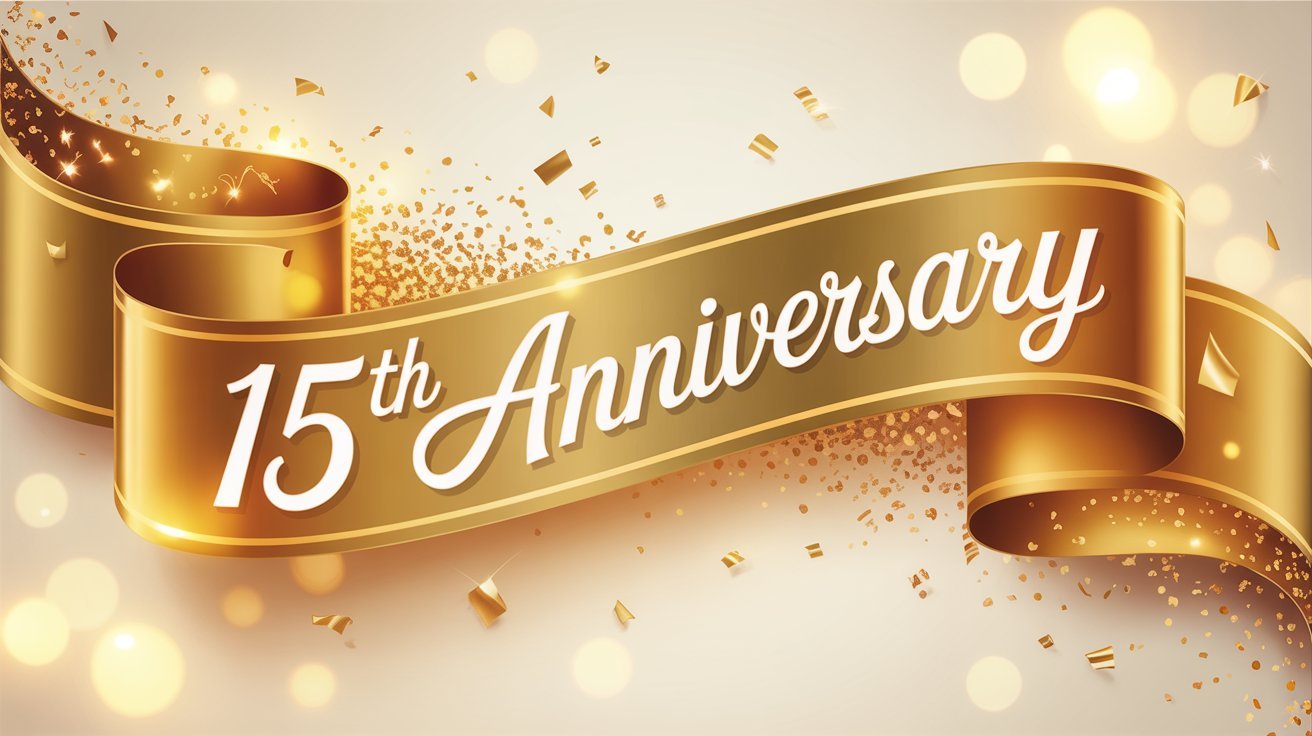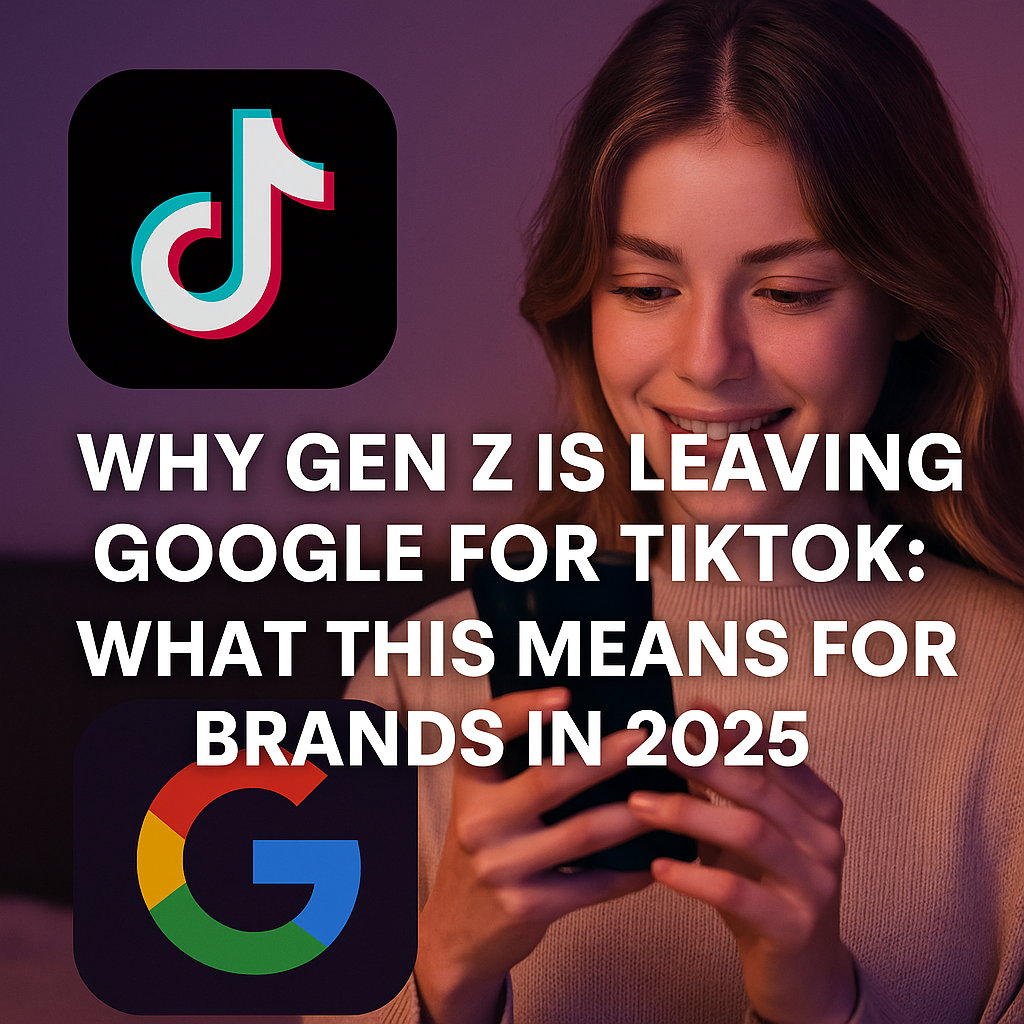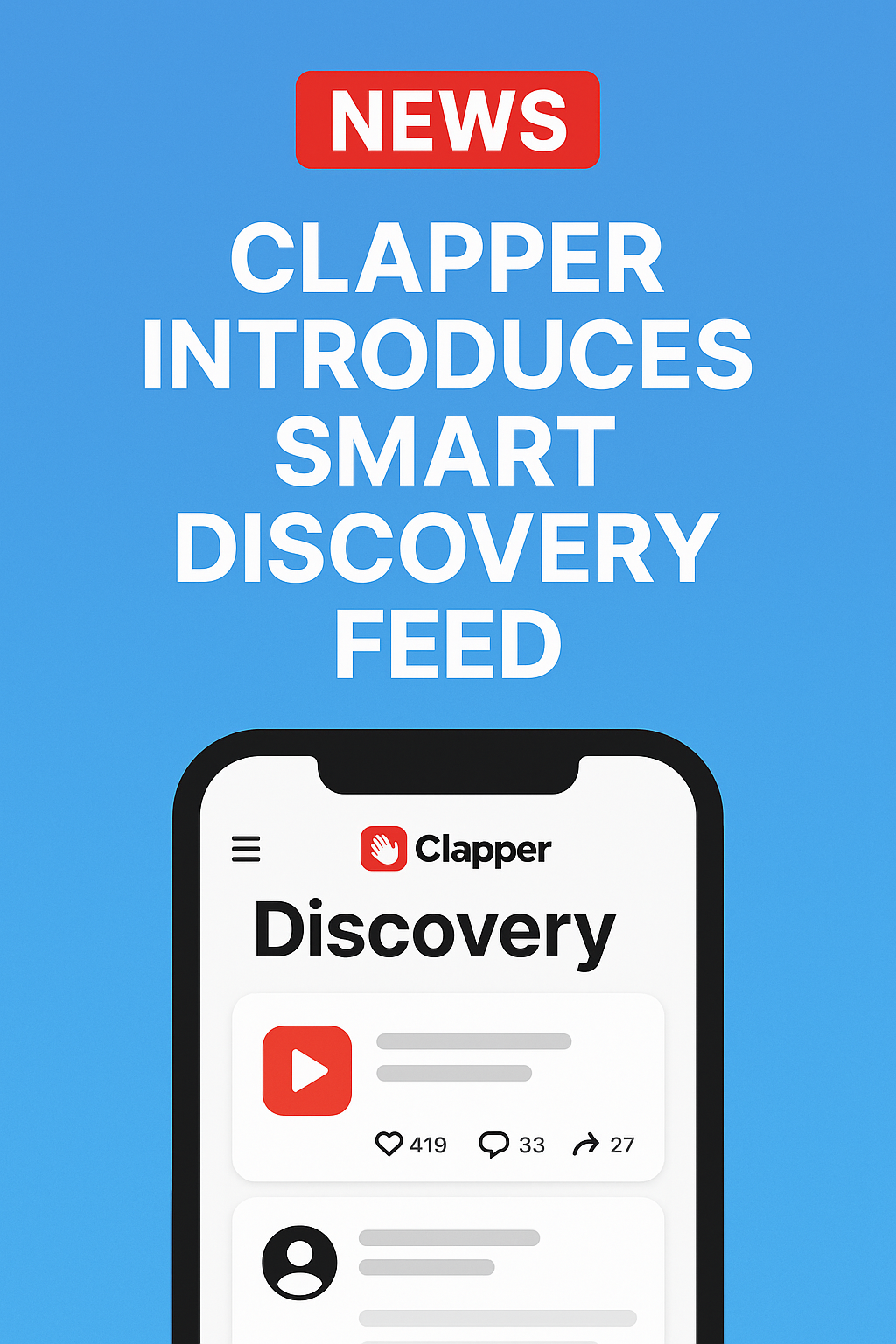 Studies like this one by Pear Analytics
Studies like this one by Pear Analytics
drive me batty. They concluded that 40.55% of the tweets they coded are
pointless babble; 37.55% are conversational; 8.7% have “pass along
value”; 5.85% are self-promotional; 3.75% are spam; and ::gasp:: only
3.6% are news.
I challenge each and every one of you to record every utterance that
comes out of your mouth (and that of everyone you interact with) for an
entire day. And then record every facial expression and gesture. You
will most likely find what communications scholars found long ago –
people are social creatures and a whole lot of what they express is
phatic communication. (Phatic expressions do social work rather than
conveying information… think “Hi” or “Thank you”.)
Now, turn all of your utterances over to an analytics firm so that
they can code everything that you’ve said. I think that you’ll be lucky
if only 40% of what you say constitutes “pointless babble” to a third
party ear.
Twitter – like many emergent genres of social media – is structured
around networks of people interacting with people they know or find
interesting. Those who are truly performing to broad audiences (e.g.,
“celebs”, corporations, news entities, and high-profile blogger types)
are consciously crafting consumable content that doesn’t require
actually having an intimate engagement with the person to appreciate.
Yet, the vast majority of Twitter users are there to maintain social
relations, keep up with friends and acquaintances, follow high-profile
users, and otherwise connect. It’s all about shared intimacy that is of
no value to a third-party ear who doesn’t know the person babbling. Of
course, as Alice Marwick has
argued, some celebs are also very invested in giving off a performance
of intimacy and access; this is part of the appeal. This is why you can
read what they ate for breakfast.
Far too many tech junkies and marketers are obsessed with Twitter
becoming the next news outlet source. As a result, the press are doing
what they did with blogging: hyping Twitter us as this amazing source
of current events and dismissing it as pointless babble. Haven’t we
been there, done that? Scott Rosenberg even wrote the book on it!
I vote that we stop dismissing Twitter just because the majority of
people who are joining its ranks are there to be social. We like the
fact that humans are social. It’s good for society. And what they’re
doing online is fundamentally a mix of social grooming
and maintaining peripheral social awareness. They want to know what the
people around them are thinking and doing and feeling, even when
co-presence isn’t viable. They want to share their state of mind and
status so that others who care about them feel connected. It’s a
back-and-forth that makes sense if only we didn’t look down at it from
outter space. Of course it looks alien. Walk into any typical social
encounter between people you don’t know and it’s bound to look a wee
bit alien, especially if those people are demographically different
than you.
Conversation is also more than the explicit back and forth between
individuals asking questions and directly referencing one another. It’s
about the more subtle back and forth that allow us to keep our
connections going. It’s about the phatic communication and the
gestures, the little updates and the awareness of what’s happening in
space. We take the implicit nature of this for granted in physical
environments yet, online, we have to perform each and every aspect of
our interactions. What comes out may look valueless, but, often, it’s
embedded in this broader ecology of social connectivity. What’s so
wrong about that?
Now, I began this rant by noting that these kinds of studies drive
me batty. Truthfully, I also have a sick and twisted appreciation for
them. They let frustration build up inside me so that I can spout off
on my blog and on Twitter, providing commentary that some might find
useful and others might code as pointless babble.
(Image source: themetoday.com)

















